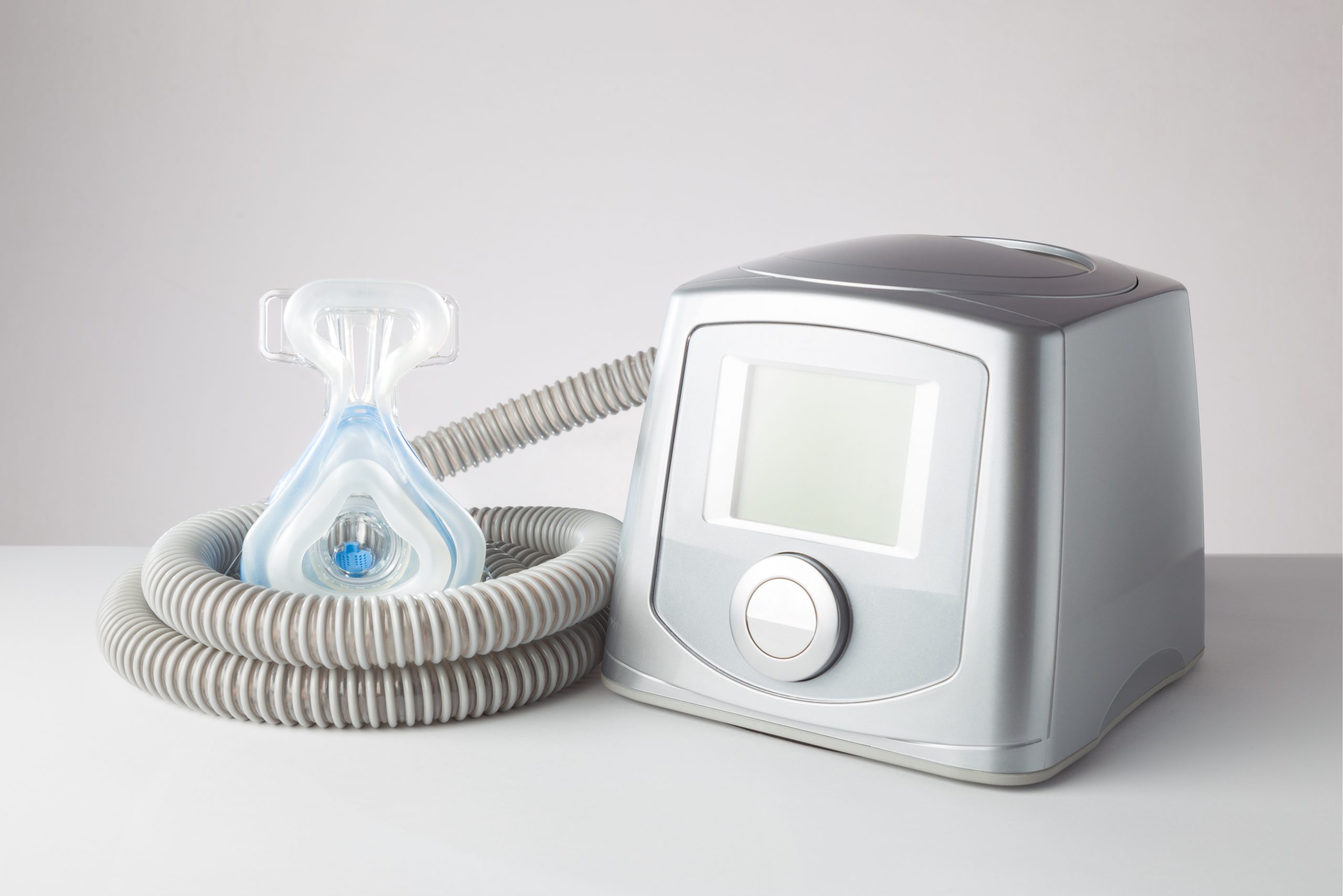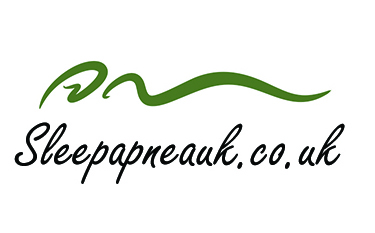Best Sleep Apnea Machines
Best Sleep Apnea Machines
Sleep apnea (or hypopnea obstructive sleep apnea syndrome) is a syndrome characterized by the occurrence of abnormally frequent episodes of interrupted (apnea) or reduced (hypopnea) breathing during sleep. These breathing pauses last 10 to 30 seconds or more, and can be repeated a hundred times a night. They are due to repeated complete or partial obstructions of the airways of the back throat occurring during sleep.
The APPC (Continuous Positive Pressure Device) or Crap
sleep apnea device The most popular device is a continuous positive pressure medical device (CPAP). It consists of a ventilation motor and a facial mask which generally simply takes the nose and leaves the mouth free. It’s an awesome system, but one that is very well accepted by most users.
It simply blows pressurized air into the airways of the person equipped. The channels are then cleared, which allows the person to breathe normally.

The device continuously sends pressurized air into the mask affixed to the nose and possibly also to the mouth. The continuous positive pressure device can be at:
constant pressure, constant CPAP: the pressure delivered is the same overnight autopilot, the pressure varies according to the need
Self-controlled, self-controlled PPC: the device has two pressure levels, a fixed expiratory pressure and a variable inspiratory pressure. It is indicated in central sleep apnea or mixed apnea.
Some types of CPAP devices include humidifiers to prevent side effects such as dry nose or throat irritation.
It really is a very efficient and proven device. However, sleeping with a mask connected to a motor by a pipe is neither sexy nor very pleasant. As a result, many people do not follow the treatment continuously and end up giving up after a few weeks, months or years for the most persistent. That said, many users can no longer sleep without it, as the effects of restful sleep on their bodies change their lives for the better.
Oral appliances
sleep apnea device Another solution, which also works very well and which costs much less, is the oral devices. They will mainly use the principle of advancement of the lower jaw. Some devices maintain the tongue in the advanced position, but they are more rare.
By blocking the jaw in an advanced way, we “reprogram” the upper respiratory tract which tend to collapse during the night, and which suddenly stay better open. The passage of air is then facilitated, and apneas are effectively combated.
These dental braces will rather be recommended when the apneas are light or moderate, but will generally not be sufficient for severe sleep apneas. Either way, it’s always a good thing to try, and some people who have seen no positive effects with CPAP, have had very good results with an oral appliance.
Masks to treat sleep apnea
In order to provide optimal comfort to each individual, three types of masks are available most common.
The nasal mask has tips that are placed at the entrance of your nostrils to create a seal. Smaller than the nasal mask, it frees your field of vision and reduces the points of contact on the face.
The nasal mask only covers the nose, thus freeing up your field of vision and reducing the points of contact on the face.
The facial mask covers the mouth and the nose, depending on the model. It is recommended for patients who are unable to tolerate a nasal mask or whose mouth openings interfere with the effectiveness of therapy.
Which device to choose?
There is unfortunately not a single truth. APPC is slightly more effective for severe sleep apnea, but not necessarily for all users. Therefore, we can only advise you to try an oral appliance that is easier to wear and less restrictive first.
If the positive effects are not there, then there will always be time to try an APPC which generally does the job pretty well, but which we tend to give up more easily.
Either way, sleep apnea can cause many problems, starting with overall fatigue that can have a big impact on your social life. Even if wearing a mask or braces is never pleasant, your nights will be much better, and your days will be much more pleasant.
The device continuously sends pressurized air into the mask affixed to the nose and possibly also to the mouth. The continuous positive pressure device can be at:
constant pressure, constant CPAP: the pressure delivered is the same overnight autopilot, the pressure varies according to the need
Self-controlled, self-controlled PPC: the device has two pressure levels, a fixed expiratory pressure and a variable inspiratory pressure. It is indicated in central sleep apnea or mixed apnea.
Some types of CPAP devices include humidifiers to prevent side effects such as dry nose or throat irritation.
It really is a very efficient and proven device. However, sleeping with a mask connected to a motor by a pipe is neither sexy nor very pleasant. As a result, many people do not follow the treatment continuously and end up giving up after a few weeks, months or years for the most persistent. That said, many users can no longer sleep without it, as the effects of restful sleep on their bodies change their lives for the better.
Oral appliances
sleep apnea device Another solution, which also works very well and which costs much less, is the oral devices. They will mainly use the principle of advancement of the lower jaw. Some devices maintain the tongue in the advanced position, but they are more rare.
By blocking the jaw in an advanced way, we “reprogram” the upper respiratory tract which tend to collapse during the night, and which suddenly stay better open. The passage of air is then facilitated, and apneas are effectively combated.
These dental braces will rather be recommended when the apneas are light or moderate, but will generally not be sufficient for severe sleep apneas. Either way, it’s always a good thing to try, and some people who have seen no positive effects with CPAP, have had very good results with an oral appliance.
Masks to treat sleep apnea
In order to provide optimal comfort to each individual, three types of masks are available most common.
The nasal mask has tips that are placed at the entrance of your nostrils to create a seal. Smaller than the nasal mask, it frees your field of vision and reduces the points of contact on the face.
The nasal mask only covers the nose, thus freeing up your field of vision and reducing the points of contact on the face.
The facial mask covers the mouth and the nose, depending on the model. It is recommended for patients who are unable to tolerate a nasal mask or whose mouth openings interfere with the effectiveness of therapy.
Which device to choose?
There is unfortunately not a single truth. APPC is slightly more effective for severe sleep apnea, but not necessarily for all users. Therefore, we can only advise you to try an oral appliance that is easier to wear and less restrictive first.
If the positive effects are not there, then there will always be time to try an APPC which generally does the job pretty well, but which we tend to give up more easily.
Either way, sleep apnea can cause many problems, starting with overall fatigue that can have a big impact on your social life. Even if wearing a mask or braces is never pleasant, your nights will be much better, and your days will be much more pleasant.
